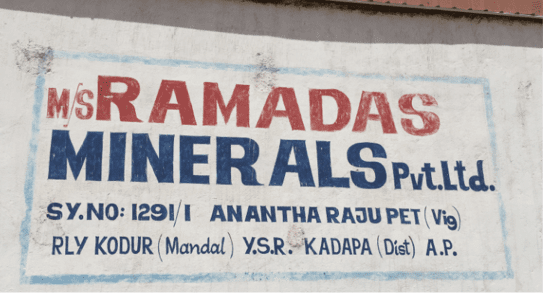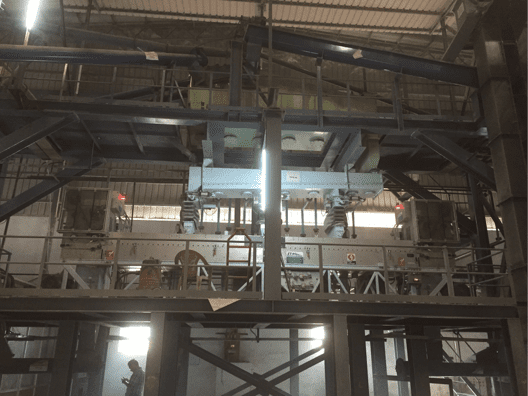Zabi Harshe:
Barite shi ne na farko, da sauƙi abin da ke faruwa, barium-tushen ma'adinai. Barium, atomic yawan 56, samo sunanta ne daga Girkanci da nufin nauyi. Barite kuma aka sani da baryte. A primary kasashen da suke da kasuwanci adibas na barite halin yanzu samu ne Amurka, China, India da kuma Morocco. Barite ta high yawa da kuma sinadaran inertness sa shi manufa ma'adinai domin da yawa aikace-aikace.
A sunadarai dabara domin barite ne BaSO4. Yana yana da babban nauyi na musamman 4.50 g / cm3. Its Mohs taurin ne 3.0 to 3.5. Barite, wanda za a iya samu a launuka iri-iri ciki har da yellow, brown, fari, blue, m, ko colorless, yawanci yana da wani vitreous zuwa pearly luster.
Barite za a iya samu a tare da duka biyu ƙarfe da nonmetallic ma'adinai adibas. Don zama tattalin arziki mai yiwuwa domin hakar, barite yawanci bukatar ya zama m abu a cikin ajiya. The iri adibas a cikin abin da shi ne kullum sami hada jannayẽnsa, saura, kuma bedded. Jannayẽnsa da kuma saura adibas ne na hydrothermal asalin, yayin da bedded adibas ne sedimentary.
Major adibas a Amurka da aka samu a Georgia, Missouri, Nevada da kuma Tennessee. a Kanada, ma'adinai da aka mined a Yukon Territory, Nova Scotia da Newfoundland. a Mexico, barite adibas da aka gano a Hermosillo, Arnon, Monterrey da Durango.


The overwhelming majority of the barite that is mined is used by the petroleum industry as a weighting material in the formulation of drilling mud. Barite increases the hydrostatic pressure of the drilling mud allowing it to compensate for high-pressure zones experienced during drilling. The softness of the mineral also prevents it from damaging drilling tools during drilling and enables it to serve as a lubricant. The American Petroleum Institute (API) has established specifications for the use of barite in drilling mud.

Dry Barite Beneficiation
STET has both pilot scale and commercial experience processing barite to remove gangue such as silicates, iron, and alumina. Low-grade barite beneficiation with a specific gravity between 3.5 - 4.0 has been successfully upgraded using the STET process to product API-grade barite.
STET can demonstrate that the dry electrostatic separation process offers many advantages over traditional wet processing methods (flotation) ciki har da:
Disrupting a new industry is always a challenge. ST Boats & Technology and Ramadas Minerals Pvt. Ltd. in India understand this challenge well. Ramadas Minerals contacted STET to perform testing of a low grade barite / quartz sample produced at the APMDC barite mine in Andhra Pradesh, Indiya. The material was a low grade tailings product from the mining process. It contained too much silica to be sellable as a high SG barite product, and was being produced in large volumes. What was needed was a process to transform the mining waste to usable product. Wet processing (flotation) was one alternative technology being considered.
Testing at the STET pilot facility demonstrated excellent separation results for the barite powder. The STET separator was able to achieve the goal of +4.20 SG barite through a single separation step.
The STET separator was fit into the existing building, which was originally designed to house a flotation facility. The STET separator installation resulted in significant savings of space, in relation to the previously designed flotation facility. Bugu da kari, a substantial reduction in capital and operating cost was realized.
Contact STET to learn more about dry processing of barite.